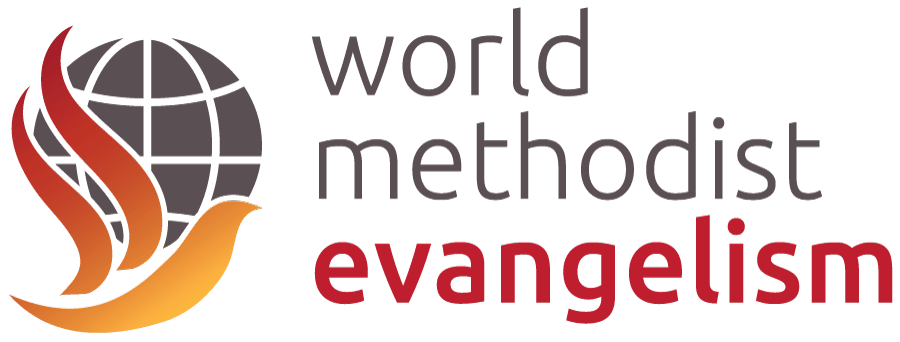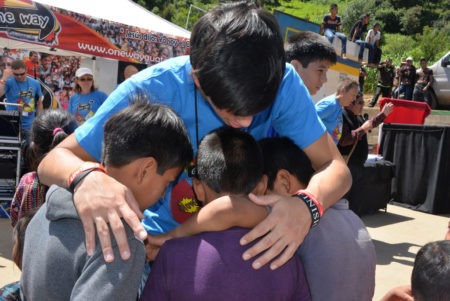If I agree that the gifts described in Ephesians 4:11 emphasize living outside of the church’s internal life, I must accept responsibility for my gifting. What does this text say?
“The gifts he gave were that some would be apostles, some prophets, some evangelists, some pastors and teachers, to equip the saints for the work of ministry, for building up the body of Christ, until all of us come to the unity of the faith and the knowledge of the Son of God, to maturity, to the measure of the full stature of Christ.” (Ephesians 4:11-13 New Revised Standard Version)
If gifted as an apostle, I acknowledge that God sends me. If gifted as a prophet, I boldly and unapologetically proclaim the will of God. As an evangelist, I spread the good news, as a pastor I minister to and protect the congregation, and as a teacher I serve as an instructor of the Christian life.
With my acceptance of that responsibility, I must be sure that I carry out my work in such a way that I am equipping other followers of Christ for the work of the ministry, since we are responsible for building up the global church until all of us come to the unity of the faith. These gifts, whichever you may possess, open up the opportunity to move the body of Christ to a place of unity, emphasizing a continual, dynamic relatedness of diverse peoples – to work toward moving the whole congregation toward intercultural life.
There are desires for the worship on Sunday to reflect the residents of countless communities, for our communities of faith to become more culturally diverse. Does the average faith community understand the implications of such a racial shift? Does the average faith community understand that this move is about becoming an agent of racial reconciliation and authentic diversity? Are whole congregations willing to pursue intercultural life? And how would this intercultural life be authentic and not just visible in the community?
For one thing, such a shift requires an ongoing commitment to diversity in worship and understanding that other people’s experience and response to the Holy Spirit in worship may be different. For another, congregations must be willing to discuss openly the pain of racism that persists in America. There must be acknowledgment of the ever-changing nature of the church, relationships and contexts; calls for real engagement and mutuality; and attention to narratives of large and small similarities and differences (Branson & Martinez, 2011). Ultimately, it takes action to bridge the divide, which will prayerfully propel us to authentic community.
If intercultural life is to be authentic, then whether you are called as an apostle, prophet, evangelist, pastor, or teacher, each of us must perform responsibilities in such a way that the congregation understands these implications and benefits. As a congregation, people of faith must hear and validate the narratives of every individual’s ethnic heritage and those of the surrounding cultures in our community to understand better our identity and our responsibility in the world (Branson & Martinez, 2011).
While leading the migration toward social reconciliation across cultural barriers, the focus is not solely on demographic data but encompasses discerning and moving toward unique ways of unity and diversity. Congregations should look at the gifts diversity brings. Cultural diversity within a community of faith can be found within the unique heritage of those who gather together. Many Anglo congregations have members, regular attenders, and casual seekers from Europe, Asia, South American, Africa, and the Caribbean; however, these influences play silently in the background to a Euro/Caucasian American experience. The challenge that we face and are working to overcome is to allow these influences to be a visible part of our experiences together.
While there is no clear map toward goals of shared intercultural life, attitudes and convictions must continue to drive the congregation toward completing the work necessary to understand our unique gifts, celebrate our diversity and stay the course toward becoming a multiethnic church, allowing our various ethnic and cultural backgrounds to come together to form an authentic congregation (Branson & Martinez, 2011).
Sources:
Branson, M. L., & Martinez, J. F. (2011). Churches Cultures & Leadership: A Practical Theology of Congregations and Ethnicities. Downers Grove: InterVarsity Press.
United States Census Bureau. (2014). American Fact Finder. Retrieved February 3, 2015, from http://factfinder.census.gov/faces/tableservices

